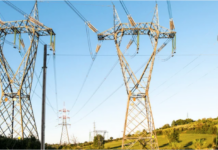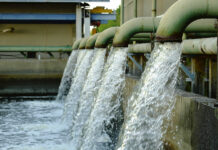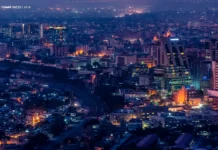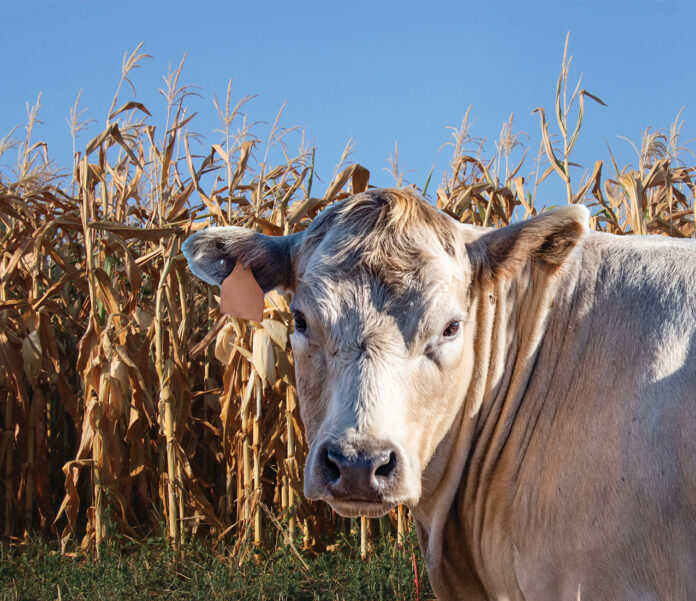In 1998 Pakistan was an international pariah. It was the most isolated the country had been in its entire history.Following the decision to go ahead with the Chaghai Nuclear Weapons test, the United States imposed sanctions on Pakistan. The sanctions were swift and harsh Before Pakistan conducted its tests, the Clinton Administration had been laying it on thick with the Pakistani government. There were offers of investment, military equipment, and even discussions of defence pacts. The Americans all but slid a suitcase stuffed with hundred dollar bills across Nawaz Sharif’s desk.
Which is why when Pakistan went ahead with their plans despite all the goodies dangled in front of the government, the condemnations from the US and its allies were fast. The decision was one that the Sharif administration laboured over for quite some time. The offers from the United States were attractive enough that the military leadership of the time had left it in the hands of the prime minister. Nawaz Sharif, who is actually a very decisive administrator despite his oafish reputation amongst the electorate, wrestled with what to do in the last few days of May. One former federal minister close to Mian Nawaz at the time recalls that his confidence in Pakistan’s agriculture sector helped him make the final decision.
“There was always an understanding that our people would not starve. Even if we were sanctioned to hell and back, Pakistan’s farmers would make enough for us to eat a basic meal of daal and chawal,” he says.
The isolation, as we know now, did not last long. Neither did Mian Nawaz’s government. In only three years, Mian Nawaz would be in exile and Pervez Musharraf would be standing next to George Bush as a major ally in the war against terror. But the confidence in Pakistan’s farmers that thrust us into becoming a nuclear power was not based on nothing.
After all, Pakistan is an agrarian economy. This little factoid is drilled into our heads from our earliest school days. It is plastered front and center in social studies books, and is most likely the first thing you learn about Pakistan’s economy and topography. This agrarian identity goes to the core of how we try to portray ourselves as a country.
Behind all the bluster, behind the terrors and blacklists and nuclear arsenals, there stands the folksy farmer. He wakes up with the sunrise, ploughs his field, feeds his cattle, wistfully roams his fields and takes in the fresh air. Disconnected and unconcerned with all of the chaos of the city, it is a good, simple life. No matter what happens, he will tend the land and keep us all alive. The content in this publication is expensive to produce. But unlike other journalistic outfits, business publications have to cover the very organizations that directly give them advertisements. Hence, this large source of revenue, which is the lifeblood of other media houses, is severely compromised on account of Profit’s no-compromise policy when it comes to our reporting. No wonder, Profit has lost multiple ad deals, worth tens of millions of rupees, due to stories that held big businesses to account. Hence, for our work to continue unfettered, it must be supported by discerning readers who know the value of quality business journalism, not just for the economy but for the society as a whole.To read the full article, subscribe and support independent business journalism in Pakistan


























Fudged numbers, based on the 15 year old data, which itself was flawed